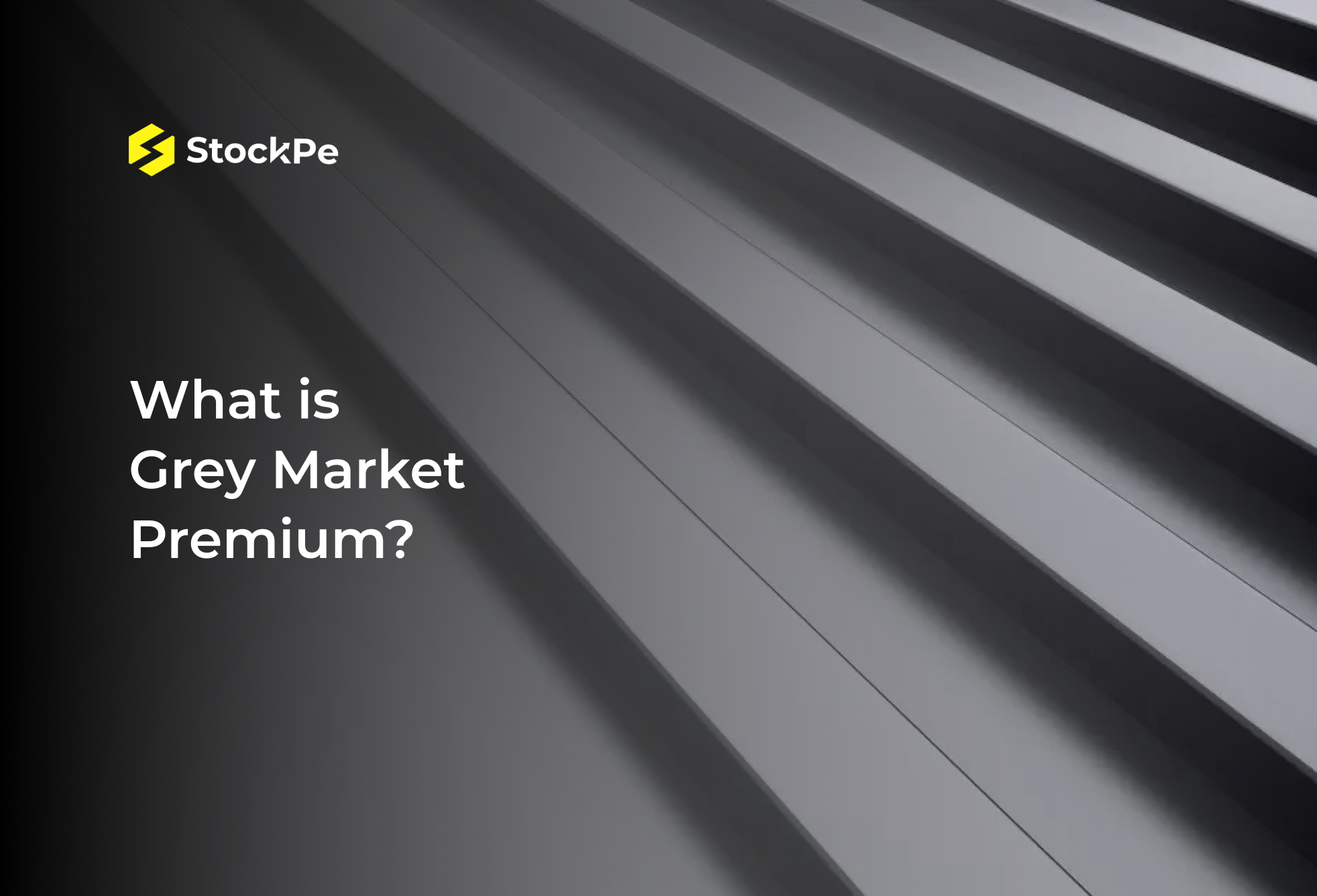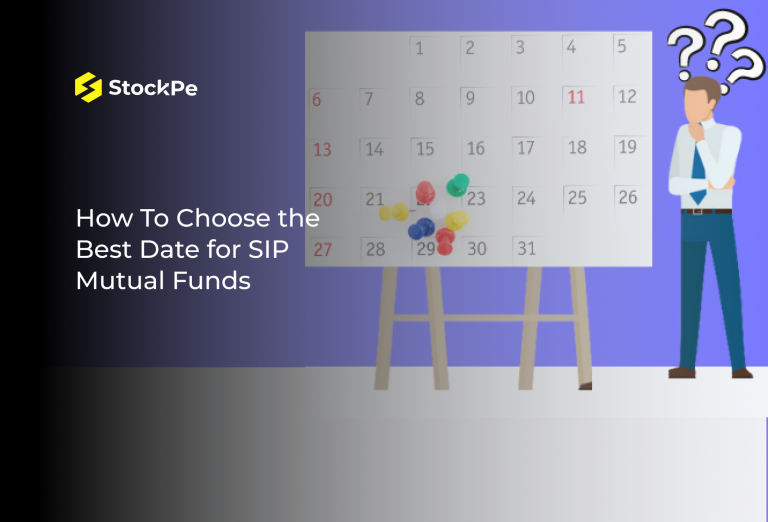You may have wondered what the grey securities market is after hearing about it. The grey market is a secondary market that exists alongside the white market. In this economy, transactions occur outside of official channels.
Put another way; there is a black or unofficial market for people who want to buy shares at a premium. Grey market premium refers to the difference between the going market rate and the higher grey market rate.
What is the Grey Market for Initial Public Offerings?
Shares and other securities can be bought and sold openly in either India’s primary or secondary markets thanks to regulations set forth by the Securities and Exchange Board of India (SEBI). The stock exchanges facilitate this kind of trading. After an initial public offering (ipo), new shares are traded and made available for purchase on the primary market.
After an initial public offering, a company’s stock can be traded on secondary markets. Shares might be sold at a premium on the black market before the listing. In this alternative and unregulated market, customers and sellers rely on personal relationships rather than a set of regulations to conduct business. Investors in these markets take on all the risks because no central body oversees their operations.
Investors who think an offer undervalues a business’s equity can buy shares in the company on the grey market trading at a lower price than they might have before the request was made. This is especially the case if there is a significant demand for the share but a scanty supply due to the terms of the offer.
In rare cases, some brokerages may charge up to 40% grey market premium. The NSE has implemented a new “Price Band” guideline to address this behavior. Many brokerages, however, have discovered a way around this by registering a second IPO via Demat, which typically results in higher GMP.
How can one determine GMP?
The IPO grey market premium is the issue price paid beyond the initial public offering price for a newly issued security or commodity compared to its price on a public stock exchange or another freely accessible trading venue.
An initial public offering (IPO) is always offered at a predetermined price in its primary market. However, a different price, known as the grey-market premium, may be used when listing on the stock exchange.
The following formula can determine an IPO’s grey market premium:
GMPR = GMP x Q
Grey Market Premium = Primary market ipo shares Sold Q, where Q is the total number of shares offered to the public.
An essential benchmark for potential investors to gauge how a stock will trade on its listing day is its grey market premium. If, for instance, the IPO allotment price is 250 per share, but the stakes are selling at a premium of 275 on the grey market, then the claims may list and open at 275 per share on listing day. However, as the grey market premium can be easily manipulated, it might not be a good indicator.
IPO GMP in the Indian stock market
When a broker-dealer in India offers shares to a customer at a price higher than the price set by SEBI, this is known as a “grey market.”
The main reason people pay grey market premiums is so they can invest in the most promising new subjects before the general public.
As a result of the seller capitalizing on the demand and supply for these stocks from purchasers who would otherwise have to acquire after the official listing at a higher price, the buyers can get into these hot problems at pre-fixed pricing.
Since the introduction of FPOs, grey market trading has been a common practice, even if it is outlawed or limited for particular IPOs. By trading in the shadows, investors can get their hands on shares in promising startups before the general public.
GMP IPO Pros and Cons
Potential Gains:
● Putting money into an initial public offering with a positive Grey Market Premium can lead to substantial gains. Investors can profit from an IPO by selling their shares at a premium if the final listing price is higher than the GMP.
● Investors can get their hands on shares of an IPO before it officially lists on the stock exchange by participating in the Grey Market. Those hoping to buy into a highly anticipated or oversubscribed initial public offering may benefit.
● The Grey Market Premium can be used as a gauge of investor enthusiasm for an initial public offering. A promising sign for potential investors is a high GMP, indicating a significant investment interest level.
Potential Cons:
● The Grey Market functions outside the jurisdiction of regulatory agencies and hence is not subject to their oversight. Due to the absence of control, the GMP and the transactions may be illegitimate or inaccurate, increasing the risk involved.
● The Grey Market Premium is notorious for its extreme swings and lack of predictability. Market conditions, demand and supply dynamics, and investor attitude are all elements that have a role. As a result of this uncertainty, the GMP is prone to wild swings, making it hard to predict future returns.
● Access to the Grey Market is limited and may prevent confident potential investors from participating. High-net-worth individuals, institutional investors, and people with significant connections tend to dominate the scene. Due to these barriers, regular investors may need help to take advantage of GMP fully.
What are the criteria for an IPO GMP?
The term “grey market premium” refers to the premium investors outside the IPO market who are ready to pay above the IPO price.
This trading occurs when a company issues shares to a small group of private investors or grey market dealers. Retail investors, willing to pay a premium to get in early, have a far higher demand for these shares. Value investors now have a great chance to get in on the IPO listing before it becomes public.
When there is a considerable demand for shares just around the time of an IPO, the grey market premium tends to be more significant. A compelling business strategy, exceptional assets, or competent leadership are all potential causes.
When there is low interest in an IPO, the grey market premium tends to be lower. This may be the case if the company needs a better reputation or assets to support its claims.
How Much Does Kostak Cost?
Selling and buying stocks aren’t the only things that happen on the grey market. It is also possible to buy and sell applications. Before an IPO is listed on the stock exchange, investors must pay the Kostak rate to gain access to the IPO application. The ultimate distribution of shares will determine it.
These prices cover all conditions of the respective allocations. Five applications for the same initial public offering might be sold to another investor for 3,000. They expect to make INR 15,000 in revenues from IPO applications.
Conclusion
Before a stock is officially listed for trading, it may be traded on the grey market. The premium buyers are ready to pay for shares on the grey market. Conducting a thorough market study and determining an acceptable premium amount are prerequisites for engaging in grey market trading.





